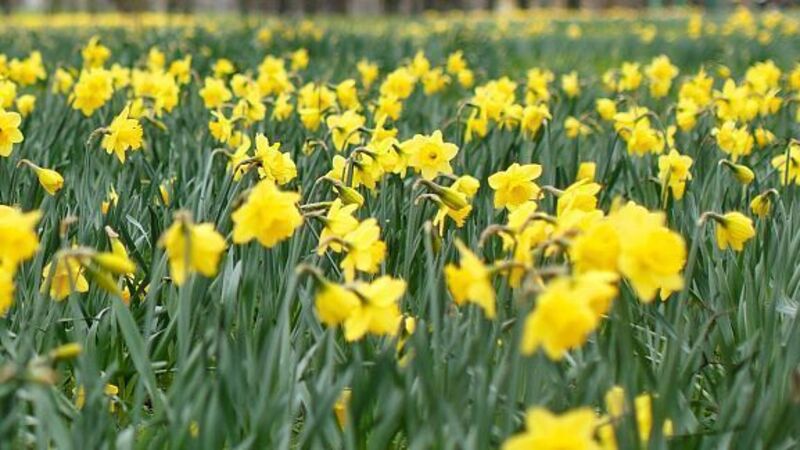Nature’s rebirth on hold

April is usually a month of promise, with lengthening days, buds and blossoms and a heightening of wildlife activity.
Because of a prolonged winter this year, however, we begin what is normally a month of vernal freshness with fewer signs of nature’s rebirth.
Some farmers have had their cattle indoors since last August. One, on the edge of desperation and whose winter fodder has almost run out, reminds the column we didn’t have three dry days in succession since September. And the land in many places is not yet sufficiently dry to let animals out to the fields.
The traditional St Patrick’s Day date for sowing early potatoes has been missed by yours truly: the ground is still too wet and the air temperatures too low. No sod turned and nothing planted, not even onion sets. Grass growth is also very slow.
Even friends by the sea on the Dingle Peninsula are also weeks behind in setting “na pratai”. Because we have been experiencing bad weather in so many guises, people seem more preoccupied than usual with talking depressively about the elements.
The cold winds of March often dry up soggy land, but that hasn’t happened this year. There’s a wealth of weather lore around March, the final three days of which were known as the “borrowed days”.
According to Irish and Scottish folk traditions, the days were borrowed by March from April. They were expected to be days of wintry weather, a time when it was thought unlucky to start any work and cold enough to skin and kill the fabled cow, an bo riabhach.
Daffodils, which can now appear before New Year’s Day due to climate change, can withstand the harshest weather. During the recent cold spell, they were flattened and looked dead and buried under the snow. But, in testament to their hardiness, the daffodils stood up again to brighten dreary days.
Equally remarkable is the yellow furze, blooming virtually year-round, lighting up the countryside and hillsides, especially between February and May. And so beloved of Fáilte Ireland photographers.
Also called gorse or whins, many love to sniff its fragrance, delicate with a strong hint of coconut. A truly iconic plant in Ireland.
The name April derives from the Greek word for “opening” — the month when trees and flowers open again and when naked boughs start donning a mantle of verdure.
Nature has ways of making up for lost time in years such as this. Given a bit of heat and “soft” rain in the coming weeks, trees and hedgerows will hastily sprout their summer apparel and wild flowers will soon dance in the fields, transforming the landscape.
As poets tell us, April showers bring forth May flowers. We live in hope.












